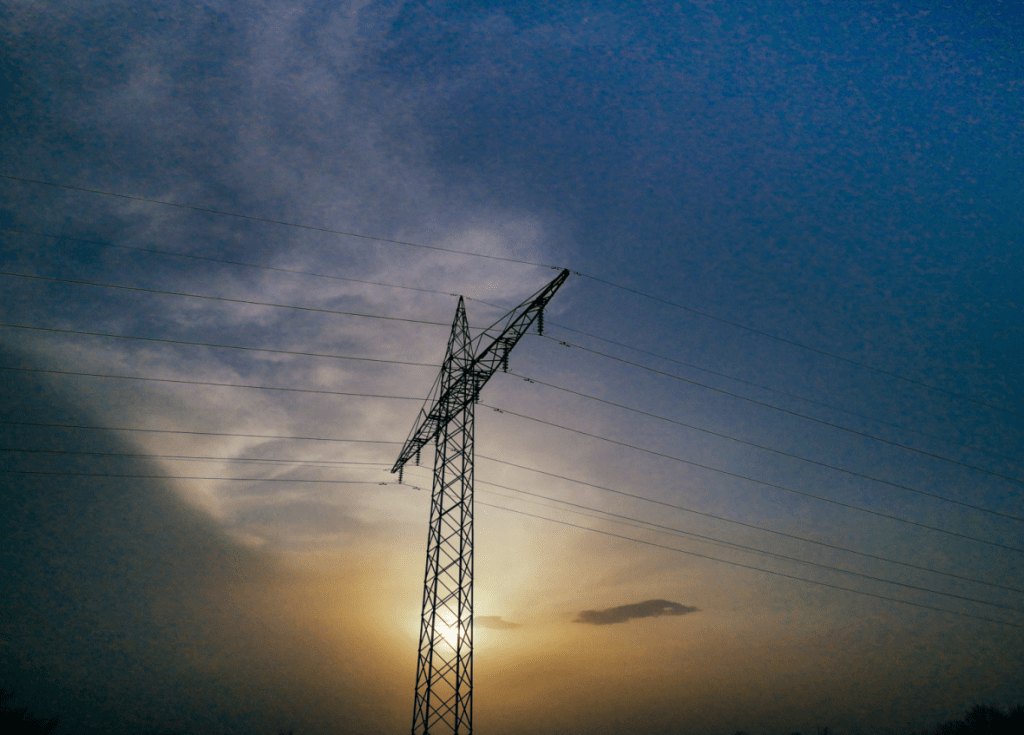Global solar application market maintains rapid growth
Currently, many countries around the world have proposed the “carbon neutral” climate goal, and the development of renewable energy, including solar, has become a global consensus. Solar power generation is becoming the most competitive power supply in more and more countries. It is expected that the global solar market will continue to grow at a high speed.

According to the prediction of the China Photovoltaic Industry Association, driven by favorable factors such as the continuous decline in solar power generation costs and the global green recovery, the newly installed capacity of solar power in the world will still grow rapidly. Driven by the multi national “carbon neutral” goals, clean energy transformation, and green recovery, it is expected that during the “14th Five Year Plan” period, the annual new installed capacity of global solar will exceed 220 GW in China.
The rapid development of emerging markets and the obvious trend of “decentralization” in the global market
European countries, represented by Germany, first began to attach importance to the solar industry, and through measures such as the introduction of renewable energy bills, the launch of solar demonstration projects, and the implementation of solar feed-in tariff subsidy policies, they have rapidly developed into the world’s largest solar market. Since 2013, countries around the world have increased their support for the solar industry, gradually changing from a European director to a situation where markets such as China, Brazil, India, and the United States are emerging together.
In 2021, the newly installed capacity in Europe was 25.9 GW, an increase of 34% compared to the previous year. The United States added 23.6 GW, up 22.9%, maintaining a strong development trend. India also installed 10.3 GW, a year-on-year increase of 151.2%, rapidly improving its position in the global market, while China continued to lead the world with 54.88 GW. According to IEA’s data, in 2021, at least 20 countries had more than 1 GW of new capacity, 15 countries had more than 10 GW of cumulative installed capacity, and 5 countries had more than 40 GW.
The cost of solar electricity continues to decline, with parity gradually implemented
In recent years, high purity crystalline silicon, solar cells, modules, etc. have been continuously optimized and innovated, and the level of various technological links in the solar industry has significantly improved. The cost of solar power generation has entered a rapid decline path, and the cost of solar power generation has gradually approached the cost of conventional energy power generation. According to the Renewable Energy Power Generation Cost Report 2021 issued by the International Renewable Energy Agency (IRENA), the average electricity cost of global solar solar significantly decreased from $0.417 per kWh in 2010 to $0.048 per kWh in 2021, a decrease of 88%. According to IRENA’s prediction, the global solar LCOE will decrease to $0.04 per kWh in 2022, which will be lower than the cost of coal-fired power generation.
Currently, the global solar industry has shifted from the original policy-driven development to the stage of “grid parity”. Based on current technological development and cost change trends, the industry generally expects that in the next few years, solar power generation will reach or approach the cost of conventional energy power generation in a wide range, becoming a cost-effective, reliable, and sustainable source of electricity. At that time, the global energy supply will enter the “solar energy era”, thereby greatly promoting the healthy and sustainable development of upstream industries.


